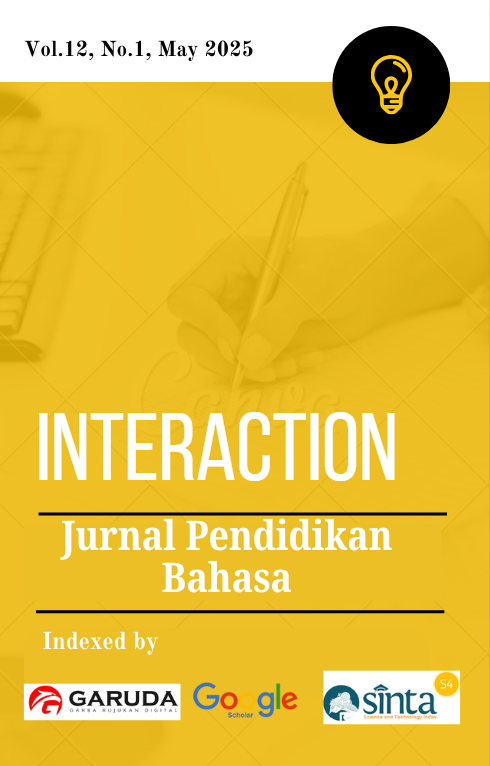Linguistic Landscape Patterns in Hotel Names in the Mandalika Tourism Area Central Lombok: Language Representation in Public Space
Published 2025-05-10
Keywords
- Linguistic Landscape,
- Language Patterns,
- Functions
How to Cite
Abstract
This research is a linguistic landscape study that examines the use of language in public spaces. This research focused on finding and identifying patterns of the linguistic landscape of hotel names in the Mandalika tourism area, central Lombok. This research used the data gained randomly. There are 20 hotels in Mandalika, which is 20 in total. The data were collected through picture-taking with a smartphone. Data analysis in this study used linguistic landscape theory by Landry and Bourhis. The results of this study show that the use of language in public sphere on hotel name labels in the Mandalika tourist area shows two patterns, monolingual 12 (60%), Indonesian 4 (20%), English 6 (30%), Spanish 1 (5%), and Romanian 1 (5%), Bilingual 8 of 40%, with Indonesian-English 4 (20%), Spanish-English 2 (10%), Sanskrit-English 2 (2%) and multilingual 0 (0%). There is linguistic landscape functions found to be informative and symbolic. The monolingual and bilingual text provides information to visitors regarding the names of hotels in the Mandalika tourist area. However, monolingual on hotel name labels shows that English is more dominant, whereas bilingual shows the same status. There is competition among languages. The use of monolingual and bilingual labels in public spaces for hotel names violates the language use policy in public spaces, namely, not prioritizing the use of Indonesian.

